How to use YouTube Ads to drive B2B conversions
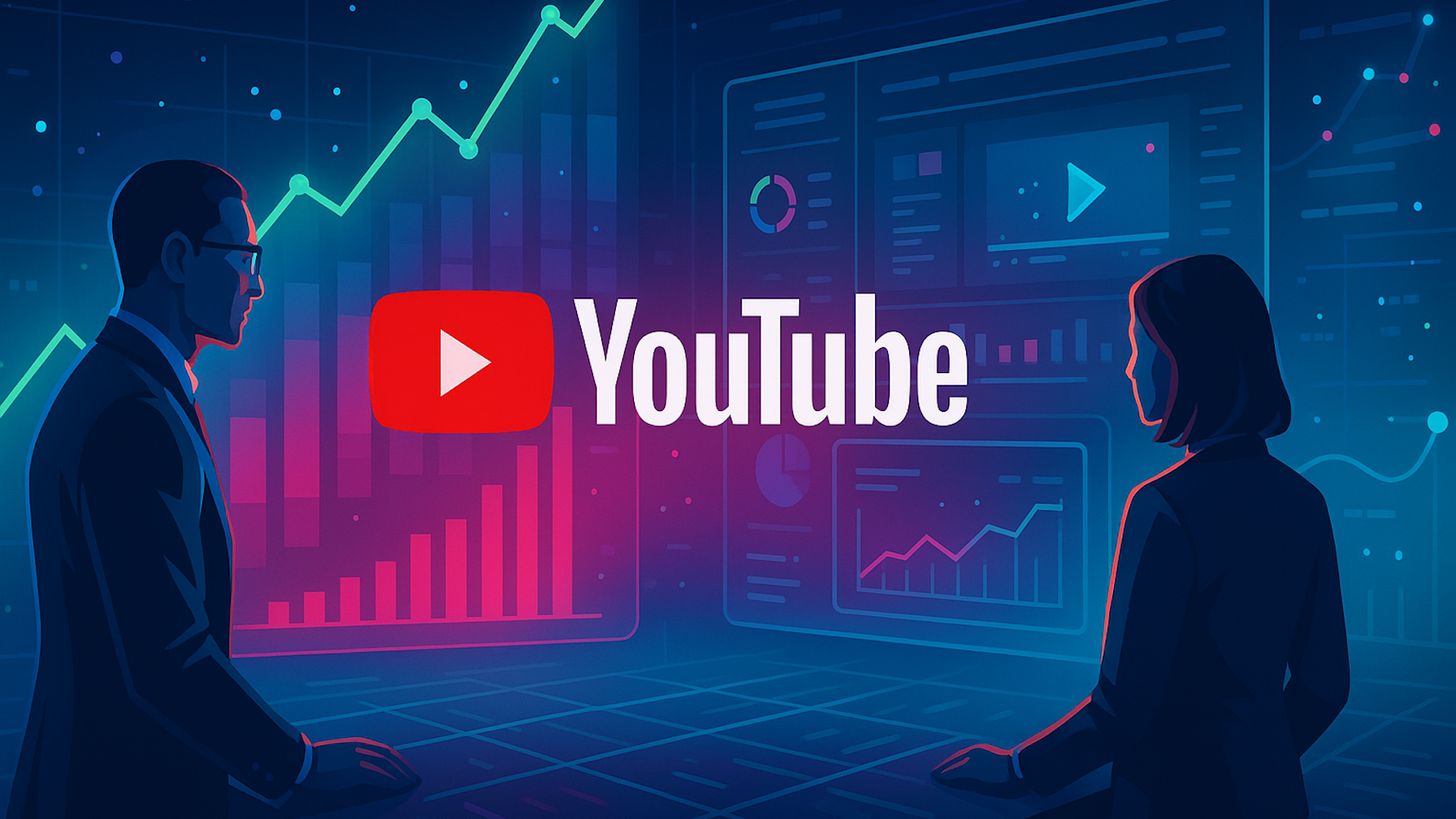
When you think of video advertising on YouTube, you probably think of ecommerce:
- Videos showing products.
- Influencers doing an unboxing.
- Other visuals of consumer products that lend themselves to the video format.
Even Google’s own case studies for video emphasize consumer-focused themes. Just look at the analysis of the top 2025 video ads.
See any B2B brands there? Me neither.
It’s true that YouTube Ads perform very well for ecommerce advertising aimed at consumers. But YouTube can also help drive B2B leads.
You might be scratching your head and saying, “But I’ve tried YouTube for B2B. It doesn’t convert.” And you would be right.
YouTube Ads for B2B rarely convert directly into leads. Complex products with long sales cycles are not going to sell themselves in one video.
But YouTube campaigns definitely have a positive influence on B2B lead generation – we’ve seen it across nearly all of our B2B clients.
Here are two case studies, featuring very different advertisers, that show how YouTube Ads can be used to increase B2B conversions.
Case study 1: Enterprise B2B SaaS advertiser
One of our enterprise B2B SaaS clients offers multiple business solutions.
Paid search is a strong lead source for most of them, but two struggled to convert – traffic was steady, yet the cost per lead was high.
When we dug in, we found that users weren’t aware of these solutions or how they addressed specific business needs. The landing page content wasn’t persuasive enough.
We tested YouTube video campaigns that clearly explained each solution’s value. The impact was undeniable.
Comparing search performance from the quarter before video to the quarter during, we saw key metrics – CTR, CPC, cost per lead, and conversion rate – all improve.
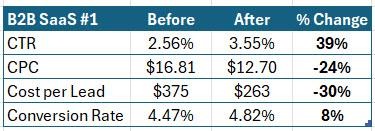
Here, CTR improved significantly with the video live, which indicates that users had a better understanding of the solution after seeing the video.
This led to a lower CPC, which, combined with a slightly improved conversion rate, lowered cost per lead by 30%.
With the second solution, the results were even more dramatic.
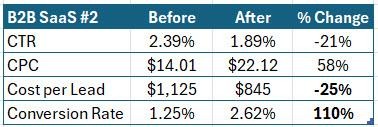
For this solution, front-end metrics actually got worse: CTR declined, and CPC increased.
Search competition in this space was stiffer during the “after” period, which pushed CPCs up.
However, the campaigns still saw a 25% decrease in cost per lead, and conversion rates more than doubled.
In this instance, the video campaigns really helped explain how the solution can benefit users, which directly translated into better conversion rates from search.
Dig deeper: From Video Action to Demand Gen: What’s new in YouTube Ads and how to win
Get the newsletter search marketers rely on.
See terms.
Case study 2: Local B2B business
The second case involves a local B2B business.
For the first five months of 2025, this advertiser ran a small YouTube video campaign intended to drive consideration.
We had hoped the video would directly drive a few leads, and ran it on a Maximize Conversions bid strategy, but it never generated a single lead.
At the same time, CPLs across the entire account were rising, so in early June, we decided to pause YouTube and use the budget on campaigns that were directly driving leads.
That turned out to be a mistake.
CPLs on brand search campaigns rose by 47% when we stopped video.
This is a business without much seasonality, and brand is usually less impacted by seasonality anyway, so at first, we were puzzled. Then we decided to relaunch video.
Voila! Brand search CPLs returned to their previous levels.
We suspected the video campaigns were contributing to the success of the brand campaigns, so we decided to try adding a Demand Gen campaign to the mix.
Brand CPLs decreased by 47%.
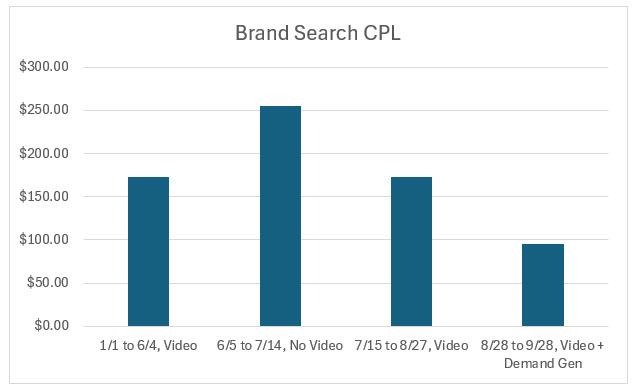
Not only were we able to return brand search CPLs to their original levels, but we were also able to cut them nearly in half when combined with YouTube and Demand Gen campaigns.
During the whole nine-month period, YouTube and Demand Gen campaigns only generated two conversions directly. However, the positive impact on brand search performance was indisputable.
It’s important to stress here that we made other optimizations during the test periods for both clients, so the improvements in search are probably not 100% attributable to the addition of the video campaigns.
However, in the case of the enterprise client, the improvements for the solutions that ran video outpaced performance across the rest of the account.
And the fact that two very different advertisers saw correlated improvements in search performance lends further credence to the theory that video played an important role.
Dig deeper: How to measure YouTube ad success with KPIs for every marketing goal
Keys to impactful video campaigns
Even though these two cases involved very different clients, here are the key practices that made both video campaigns successful:
- Use custom segments made up of high-performing search keywords. Don’t use broad targeting or in-market audiences unless you have a very large awareness budget.
- If you have first-party audiences and want to run Demand Gen, use them for a lookalike audience. Otherwise, custom segments of strong search keywords work best.
- Make your geo-targeting spot-on. Don’t waste spend on irrelevant regions. For the local B2B client, we carefully selected areas of the city that best met their needs. For the enterprise client, even though they wanted to reach a global audience, we took care with which countries we targeted.
- Use short videos – no more than 15-30 seconds – and include your brand name and logo in the first few seconds.
- Choose a Target CPV bid strategy. We were able to get CPV below $0.01, which got our message in front of as many users in the target audience as possible.
- The more videos, the better. If you have 3, 4, 5, or more videos, use them. Even slight variations help minimize video fatigue and grab attention.
You don’t need huge budgets for this to work – in both cases, we spent less than 5% of the client’s total budget on video.
With the right targeting, you can keep costs very reasonable – and the campaigns pay for themselves in lower CPLs in search.
Dig deeper: 3 YouTube Ad formats you need to reach and engage viewers in 2025


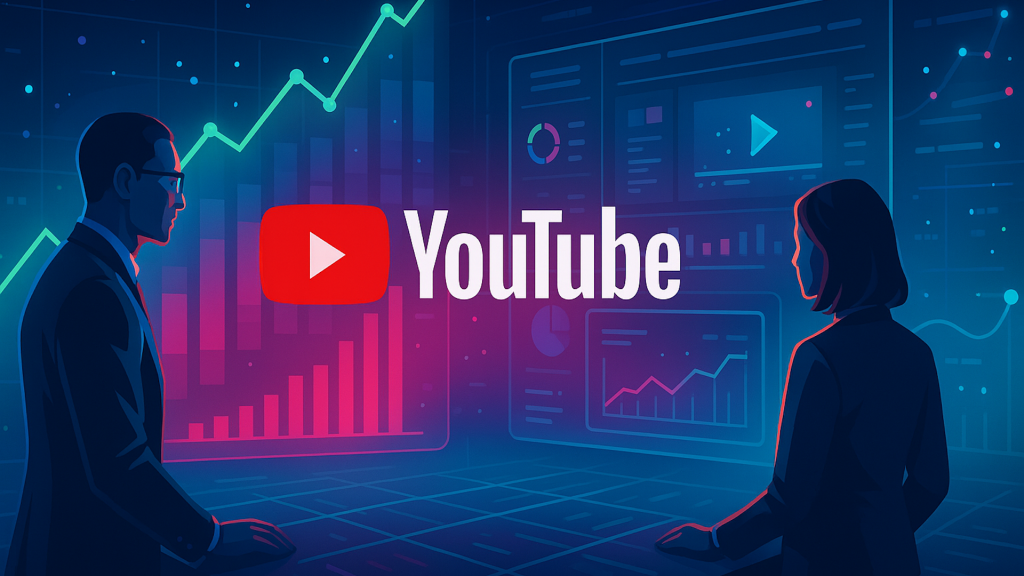




Recent Comments